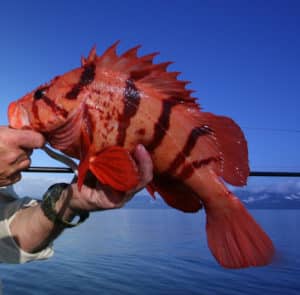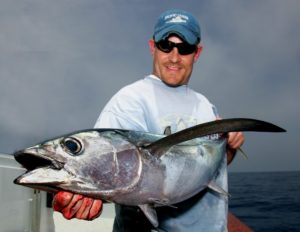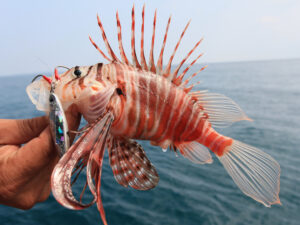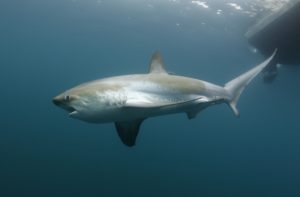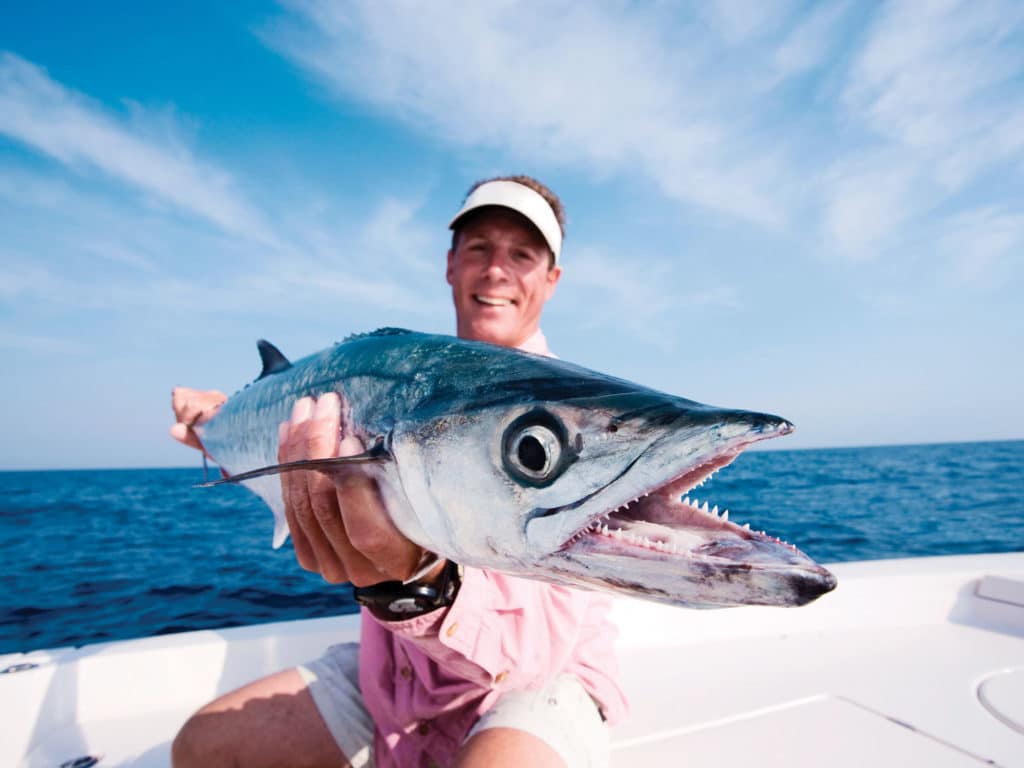
Save the day by switching to alternate inshore targets.
You have better odds of winning the Powerball jackpot than finding perfect conditions every time while out fishing. Bait moves, somebody beats you to a spot, the flats are muddier than the Mississippi River in July, or those yardstick-long snook you found last week are suddenly 20 miles down the coast. When the day starts like this, it’s time to shift gears and take advantage of other less glamorous opportunities.
Black Drum: Soak a quarter blue crab near an oyster bar, or toss a juiced bucktail jig or crustacean fly at those broad black tails waving in the air. What they lack in speed, they make up for in sheer pulling power.
Sheepshead: Although they get somewhat brazen with the spring spawn, trying to sight-cast a sheepie in crystal-clear water any other time is more challenging than a 40-pound permit.
Barracuda: Toss a tube lure or silver casting spoon beyond a ’cuda hovering in a sandy pothole, crank as fast as you can, and hold on once the silver missile launches.
Spanish Mackerel: Run-and-gun action for striking Spanish mackerel is a blast. They’ll empty a spool in a split second, and are suckers for cast or trolled silver spoons or well-placed Clouser and epoxy minnow flies.
Jack Crevalle: One of the toughest fights in the briny pound for pound, jacks use their broad, powerful tail to full advantage. Wolf packs are ravenous, and a bright topwater plug or jerkbait is seldom refused.
Sharks: Many a tarpon trip has been salvaged by pursuing another inshore heavyweight. Lemons, spinners and blacktips top the list of acrobatic shark trophies, and all will gladly slurp down a suspending plug, or bright red or orange streamer fly.

